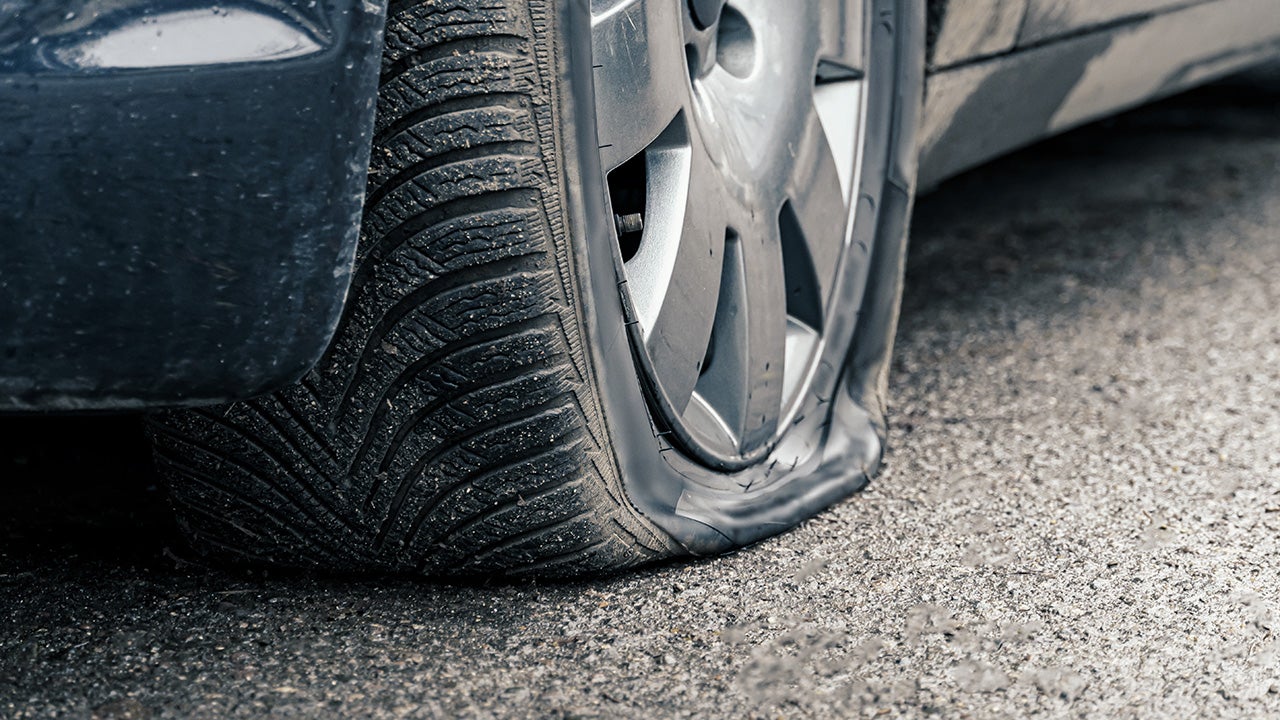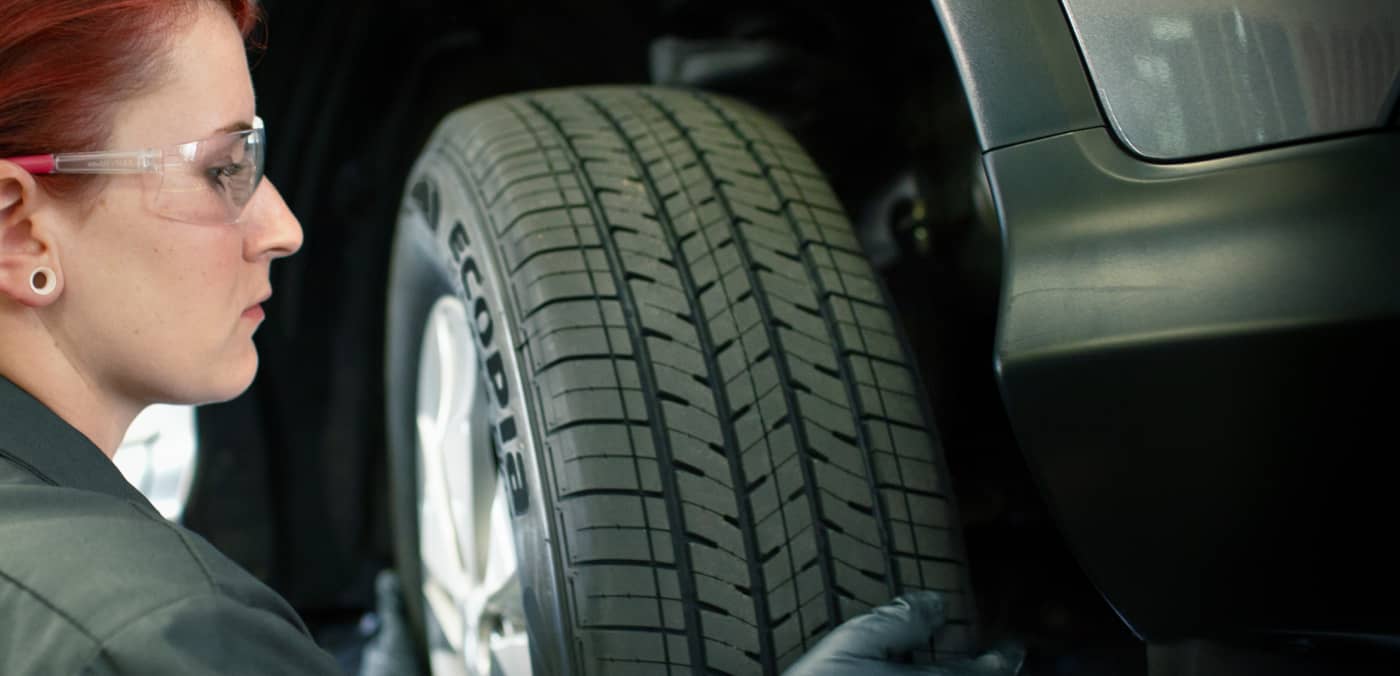All Categories
Featured
Table of Contents
I had the ability to get 100 hours out of one of these tires, and while it had absolutely no tire lugs left on it, the soft substance made it work really wellas long as I was using a soft mousse. Kitt Stringer photo Easy installing - 3Wear - 3Sidewall strength - 3Performance on roots - 4Performance on wet rocks - 2Traction on dirt - 5Cornering ability - 4Traction while braking - 4Self-clearing of dust and mud - 3Performance in mud - 3Overall predictability or monitoring - 3 _ 37 Conclusion: This is an excellent well-rounded tire with excellent value for cash.

The wear corresponded and I such as how much time it lasted and exactly how constant the feel was during usage. This would likewise be a good tire for faster races as the lug dimension and spacing little bit in well on quick terrain. Kitt Stringer picture Easy installing - 3Wear - 3Sidewall toughness - 3Performance on roots - 4Performance on damp rocks - 4Traction on dirt - 4Cornering ability - 4Traction while braking - 5Self-clearing of dirt and mud - 4Performance in mud - 4Overall predictability or monitoring - 4_42 Final thought: I liked this tire a great deal.
If I needed to acquire a tire for hard enduro, this would remain in my leading selection. Easy installing - 3Wear - 3Sidewall stamina - 3Performance on roots - 4Performance on damp rocks - 3Traction on dust - 4Cornering ability - 3Traction while stopping - 3Self-clearing of dust and mud - 4Performance in mud - 4Overall predictability or monitoring - 3 _ 34 Verdict: This tire was really soft and flexible.
All the gummy tires I checked done relatively close for the first 10 hours or so, with the champions going to the softer tires that had far better grip on rocks (Vehicle alignment). Investing in a gummy tire will certainly offer you a solid advantage over a routine soft substance tire, yet you do spend for that benefit with quicker wear
High-performance Tyres Near Me
This is a suitable tire for springtime and loss conditions where the dust is soft with some moisture still in it. These tested race tires are excellent all around, however use rapidly.
My total champion for a difficult enduro tire. If I had to invest money on a tire for daily training and riding, I would certainly choose this set.
Discount Tyres
I've been running a collection of Michelin Power Pilot 2CT's on my track Daytona 675 for the past year. In that time I have actually done 15 track days in all weathers from cold wet to extremely hot and these tyres have never missed a beat. Performance tyres. I've done virtually 2,000 miles (3,200 kilometres) on them and as you can see from this shot of the front taken after very first session of my 15th track day on them, they still have rather a great deal of rubber left on them
Simply put the 2CT is an outstanding track day tyre. If you're the type of rider that is likely to run into both damp and dry conditions and is starting on the right track days as I was in 2015, then I believe you'll be tough pressed to locate a far better value for money and skilled tire than the 2CT; a pair of which will certainly set you back around 185 (US$ 300) in the UK.
Thinking of a far better all round road/track tyre than the 2CT must have been a hard job for Michelin. The outcome of that effort is the Michelin Pilot Power 3 which basically changes the Pure. Do not puzzle this new tyre with the road going Pilot Roadway 3 which is not developed for track use (although some bikers do).
When the Pilot Power 3 introduced, Michelin advised it as a 50:50% roadway: track tyre. All the biker reports that I have actually reviewed for the tyre rate it as a much better tire than the 2CT in all areas yet specifically in the damp.
Affordable Tyre Rotation Services Near Me
Technically there are numerous differences between both tires despite the fact that both make use of a dual compound. Visually you can see that the 2CT has fewer grooves reduced into the tyre but that the grooves run to the side of the tyre. The Pilot Power 3 has more grooves for better water dispersal yet these grooves don't reach the shoulder of the tire.
One aspect of the Pilot Power 3 which is different to the 2CT is the new 2CT+ modern technology which expands the harder middle area under the softer shoulders (on the rear tire). This must offer more security and lower any "squirm" when speeding up out of corners despite the lighter weight and even more versatile nature of this new tyre.

Although I was slightly suspicious about these lower stress, it ended up that they were fine and the tires performed really well on track, and the rubber looked better for it at the end of the day. Equally as a factor of referral, other (fast group) riders running Metzeler Racetecs were making use of tire pressures around 22-24 psi for the rear and 24-27 psi on the front.
Thinking of a better all rounded road/track tyre than the 2CT have to have been a hard task for Michelin. The result of that effort is the Michelin Pilot Power 3 which essentially replaces the Pure. Don't confuse this new tyre with the road going Pilot Road 3 which is not developed for track usage (although some motorcyclists do).
Affordable Wheel Alignment – Westminster
They motivate big self-confidence and provide outstanding grip levels in either the wet or the dry. When the Pilot Power 3 introduced, Michelin advised it as a 50:50% road: track tyre. That message has recently altered since the tyres are now advised as 85:15% road: track use instead. All the rider reports that I've read for the tyre price it as a far better tyre than the 2CT in all areas yet specifically in the damp.

Technically there are plenty of differences between both tires despite the fact that both utilize a twin compound. Aesthetically you can see that the 2CT has less grooves cut into the tyre yet that the grooves run to the side of the tire. The Pilot Power 3 has more grooves for far better water dispersal however these grooves do not reach the shoulder of the tire.
One element of the Pilot Power 3 which is various to the 2CT is the brand-new 2CT+ modern technology which prolongs the harder center area under the softer shoulders (on the rear tire). This need to offer more stability and decrease any type of "agonize" when increasing out of corners despite the lighter weight and even more flexible nature of this new tire.
I was somewhat dubious about these reduced stress, it transformed out that they were great and the tyres done really well on track, and the rubber looked much better for it at the end of the day - Performance tyres. Equally as a factor of recommendation, various other (rapid group) riders running Metzeler Racetecs were making use of tire pressures around 22-24 psi for the rear and 24-27 psi on the front
Latest Posts
Best Car Tyres ( Bayswater)
Trusted Tyre Balancing – Ballajura WA
Honest Tyre Balancing